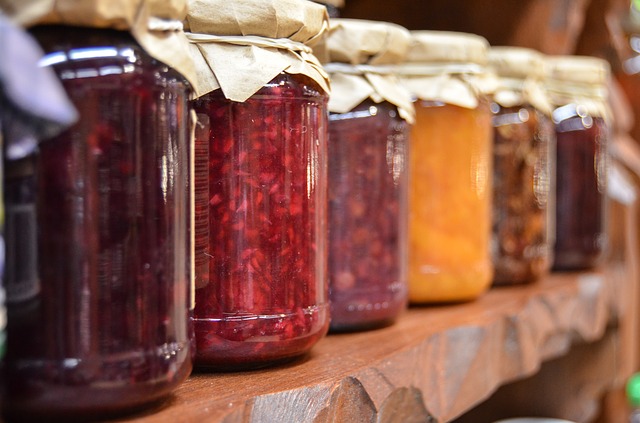Expanding into retail can be a great way for restaurants to grow their brand as well as their customer base, but it can be difficult to know where to begin. Selling branded accessories or bottling a signature sauce requires a significant capital investment and a careful plan, but assembling a trusted team can set restaurants on the road to success. Eric Larson, director of retail strategy for Cooper’s Hawk joined some of the professionals with whom the winery and restaurant company works to discuss some of the challenges and best practices during a panel at the National Restaurant Association Show in Chicago this week.
Pick your signature product
Having one product that represents your restaurant can help build buzz around your brand and inspire return visits and new customers who want to try the special sauce, spice or other element all their friends have been talking about. “Each of you, in all likelihood have a signature product. Something that you’re known for when people come to you,” said Gary Gottfried, a partner with wine preservation company Vineyard Fresh. This signature product provides the best entryway to retail sales, but restaurants that don’t have one don’t have to miss out. “The other opportunity is to work with someone to go ahead and create a product using signature ingredients,” Gottfried said.
Stay true to your brand
Any product with a restaurant’s name on it should represent that restaurant’s brand, and packaging design is essential to making the right first impression. Cooper’s Hawk teamed with design firm DesignScout to design the bottles, jars and other packages that house its product line. The design firm created several prototypes with slightly different aesthetics, all geared toward Cooper’s Hawk’s tasting room feel and wine-focused product line. The winner, which DesignScout CEO and principal designer Scout Driscoll calls Napa Style, features ingredient images that look hand-drawn to give a homemade feel and pairing numbers that correspond to wines in the Cooper Hawk line.
Finding a package design that speaks to a brand’s essence is important to grabbing customers’ attention, and packaging should make consumers want to taste the product inside. Driscoll cautioned against “sterile” designs that can look like they belong on a pharmacy or hardware store shelf instead of a pantry shelf. “Avoid looking inedible. So often product design is so trendy and cool and sleek and clean…make sure you’re doing something folks want to eat when they look at it,” Driscoll said.
Sell smart
Once a restaurant rolls out a retail product or line, marketing is important but shouldn’t interfere with providing a genuine experience for guests, said Larson, who recommends tying products into daily service for a seamless experience. Cooper’s Hawk uses its spreads and other condiments in dishes, such as a cheese plate made with the brand’s Sparkling Almond Fig Spread. The menu lists the spread, which is made with the brand’s Sparkling Almond wine, as an ingredient and servers are trained to mention it when customers ask about the dish. “We definitely never want to be seen that we’re continually on a commercial for the retail products,” Larson said.
The company’s best-selling retail product is a $180 decanter, a testament to the effectiveness of selling products simply by using them in front of guests. There is no signage about the product or even a mention on the menu, Larson said, but so many guests ask about the item that it leads to a natural conversation with the server about where they can buy one.
Choose the right co-packer
Most restaurant-branded food and beverage products are produced by a co-packer, and choosing the right co-packer can make or break a brand’s retail plan, said Jonathan Leal, owner and founder of specialty foods manufacturer and co-packer Vino de Milo. A co-packer will work with brands to formulate a retail-ready version of their product, which can be different from the version used in the restaurant for a variety of reasons. Some formulations won’t hold up on the shelf and need to be reformulated to be shelf-stable. In many cases, the premium ingredients used to produce a product in a restaurant will be prohibitively expensive to use in a retail version, and the right co-packer can help find cheaper alternatives that maintain the end product’s quality and flavor.
“Choosing a co-packer is like getting married,” said Leal, who recommended finding a company that is licensed with the FDA, has the ability to produce nutrition labels and has proven knowledge of your type of product as well as the overall industry.
__________________________________________________
If you enjoyed this article, join SmartBrief’s email list for more stories about the food and beverage industry. We offer 14 newsletters covering the industry from restaurants to food manufacturing.
